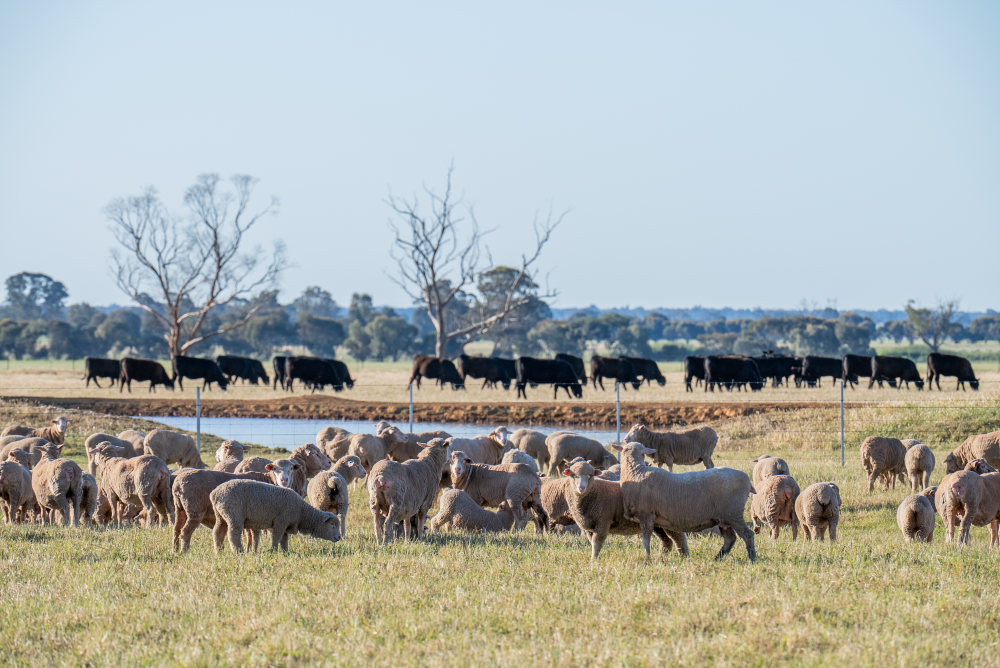The Australian Beef Market in 2025: An Absolute Cracker
In this column in July, the StoneX H2 2025 Australian Cattle & Beef Market Outlook’s bold calls were analysed and assessed for what the final 6...

One of the benefits of having livestock industries spread across four or five states is that you can generally find good growing conditions somewhere. The geographic spread of sheep and cattle helps to stabilise markets in all but widespread drought. This year it was the southern growing zones turn to have the ordinary season, so we’ll take a look at how many livestock may be impacted.
The Australian Bureau of Statistics (ABS) last provided a breakdown of sheep and cattle numbers by Natural Resource Management Region (NRMR) in 2021. While there has been some changes in numbers since then, it is a pretty good guide to where the livestock are.
Being based in South West Victoria makes this analyst a little biased, but having endured one of the driest autumn and winter periods on record, we thought it was worth looking at what proportion of the herd or flock would be impacted by poorer growing conditions.

First to cattle. Figure 1 shows the cattle herd is heavily concentrated in the north, with nine of the ten largest NRMR’s north of the Queensland border, or in the WA Rangelands. The number eight NRMR is Glenelg Hopkins, where there was no grass grown between February and July this year, with 844,854 head of cattle or 3.5% of the herd.
If we add in South East SA and Corangamite the proportion increases to 8%. Still a small area, but a key supplier of young cattle in early summer. We can expect fewer and lighter weaners to hit the market early in the new year. It’s hard to say what this might do to prices, with plenty depending on demand levels from northern cattle regions, which in turn, depends on summer rain.

For sheep and lambs, the dry season impact will likely be more pronounced. Glenelg Hopkins is the NRMR which is home to the most sheep, 8.5% of the flock. If we add South East SA, the Wimmera, North Central Victoria, Goulburn Basin and Corangamite, we find 26% of the flock.
The western half of Victoria and South East SA are key lamb producing areas for spring and summer supply. For lambs, the price impacts are little easier to decipher. Fewer and lighter lambs will support finished prices through the rest of spring and summer. We’ve already seen some impacts, with Victorian lamb yardings and slaughter tracking below last year and the five year average, and prices finding support.
Whether there is increased supplies in the new year because lambs have taken longer to finish, will depend on how many were marked. Hopefully the MLA/AWI Sheep Producer Intentions Survey results will shed some light on potential supply, and allow us to adjust marketing plans accordingly.

Angus Brown brings over 20 years of expertise analysing Australian agricultural markets, and also runs a mixed farming operation in Hamilton, Victoria.
.jpg)
In this column in July, the StoneX H2 2025 Australian Cattle & Beef Market Outlook’s bold calls were analysed and assessed for what the final 6...
.png)
Each December we save the last article of the year for a bit of a crystal ball gaze, as we try to bring together market fundamentals and work out...
.png)
Australia’s wool market posted another strong performance this week, with all micron categories attracting solid support across the three selling...